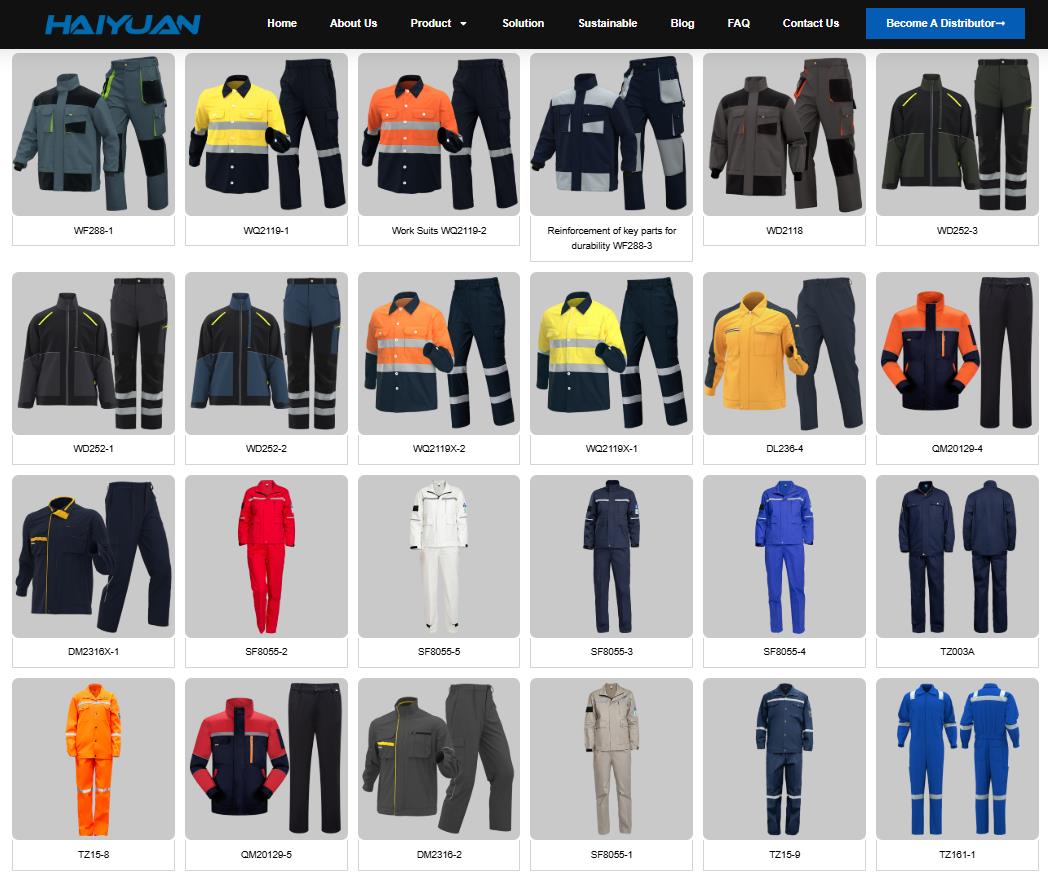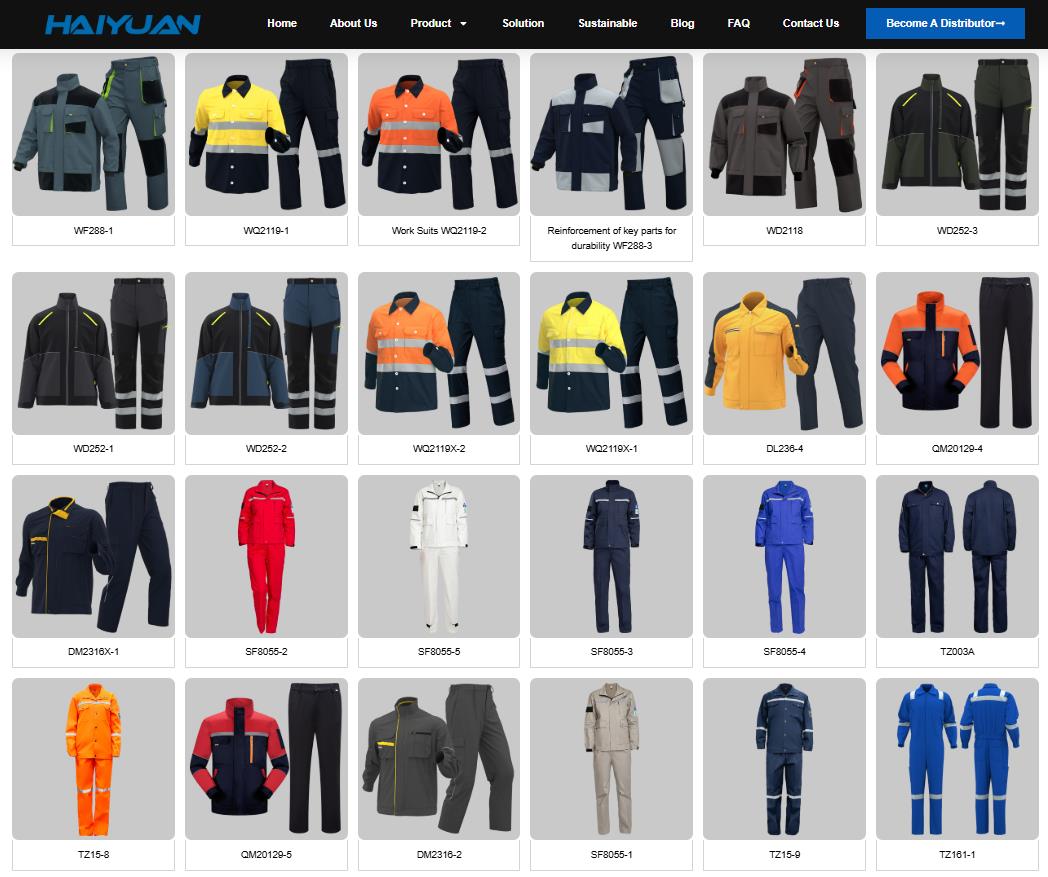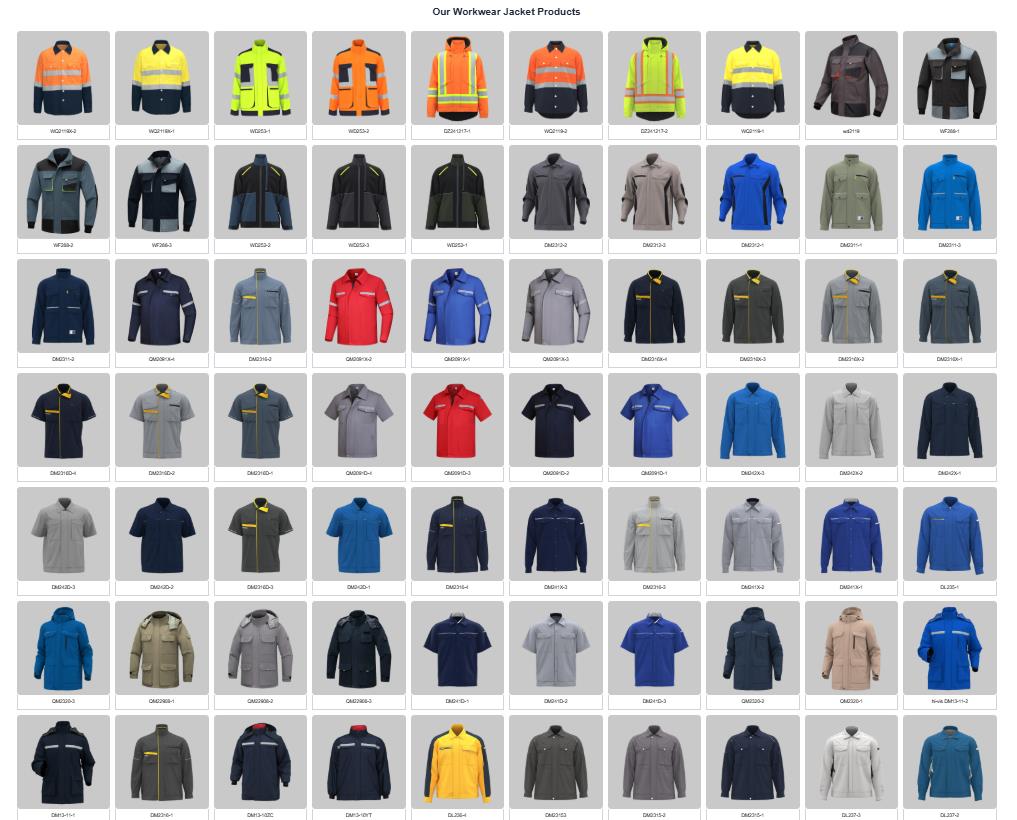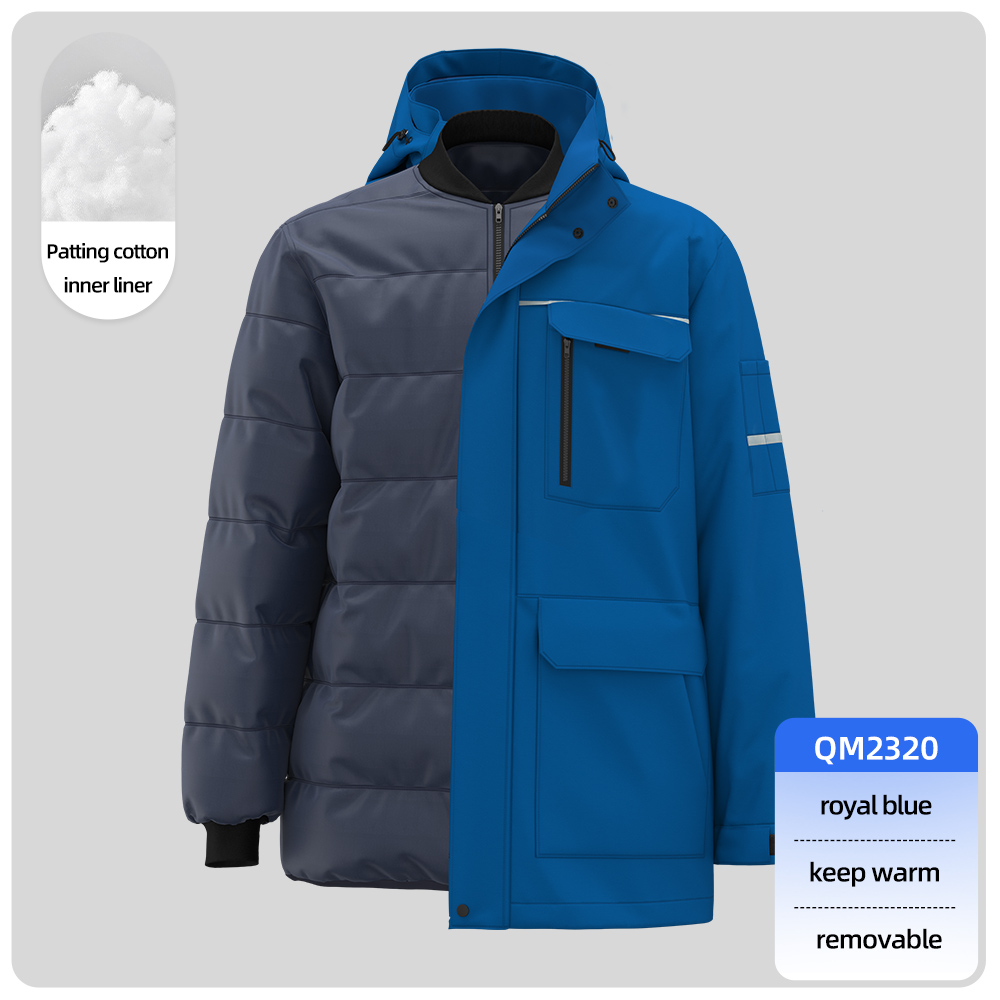How often you should change your work clothes depends on your job type, environment, safety requirements, and personal hygiene. Here’s a practical breakdown:
1. General Guidelines by Work Type
| Job Type | Change Frequency | Key Reasons |
|---|---|---|
| Office/Desk Jobs | Every 1–2 wears | Light sweating, minimal dirt. Freshen up to maintain professionalism. |
| Healthcare/Hands-On | Daily or per shift | Hygiene standards, infection control, exposure to contaminants. |
| Construction/Mechanics | Daily | Heavy dirt, grease, chemicals, or safety risks (e.g., flammable residues). |
| Food Service | Daily | Prevents cross-contamination, odors, and meets health regulations. |
| Outdoor/Field Work | Daily or when visibly soiled | Sweat, dust, pollen, or weather exposure (e.g., rain/mud). |
| Fitness/Gym Staff | After every shift | High sweat, bacteria buildup, odor control. |
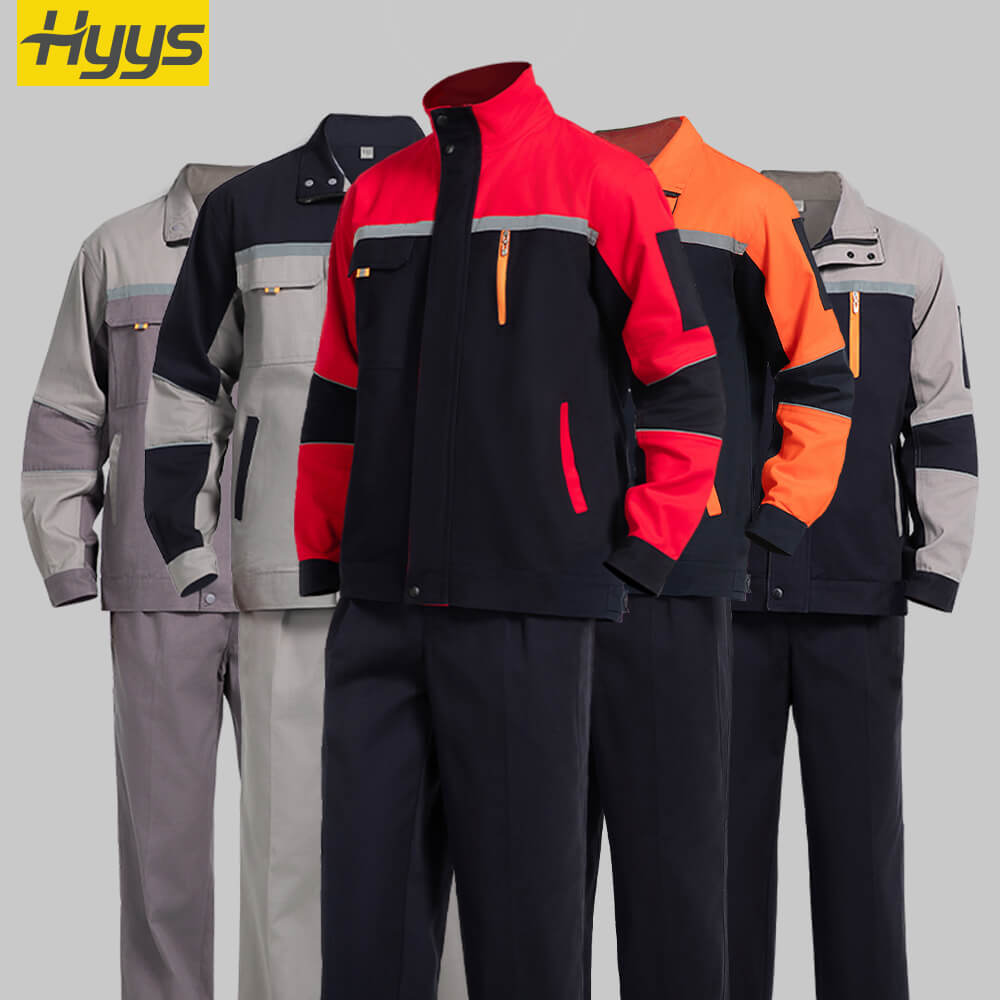
2. Key Factors Influencing Change Frequency
-
Hygiene & Health:
-
Change immediately if exposed to bodily fluids, chemicals, or hazardous materials.
-
Sweat breeds bacteria – damp clothes should never be reworn.
-
-
Safety Compliance:
-
Industries like manufacturing or labs often require daily changes per OSHA or company policy.
-
-
Odor/Fabric Damage:
-
Synthetic fabrics (e.g., polyester) trap odors faster than cotton.
-
Dirt/grime accelerates wear (e.g., reduces flame resistance in FR clothing).
-
-
Customer-Facing Roles:
-
Maintain a clean appearance daily for professionalism.
-
3. Signs It’s Time to Change
✅ Visible stains or dirt
✅ Persistent odors (even after washing)
✅ Skin irritation (rashes, itching)
✅ Clothes feel damp or stiff
✅ Safety gear compromised (e.g., torn fabric, degraded coatings)
4. Tips to Extend Workwear Life
-
Wash properly: Use cold water for synthetics (e.g., polyester), avoid harsh detergents.
-
Air-dry: Heat damages elastic fibers (e.g., waistbands, stretch panels).
-
Rotate 2–3 pairs: Reduces daily wear-and-tear (critical for durable items like your reinforced work pants).
-
Spot-clean: Address stains immediately to prevent setting.
For Your Reinforced Work Pants (e.g., WD255):

-
Durable fabrics (80% polyester/20% cotton) resist wear but still trap sweat/oil.
-
Knee patches and reinforcements handle abrasion but collect grime – wipe down after dirty tasks.
-
Change daily in high-impact jobs (construction, welding); every 2–3 wears in lighter roles (e.g., warehouse).
Bottom Line: Prioritize safety and hygiene over convenience. When in doubt, change daily – especially if your work involves physical labor, contaminants, or strict compliance rules.

